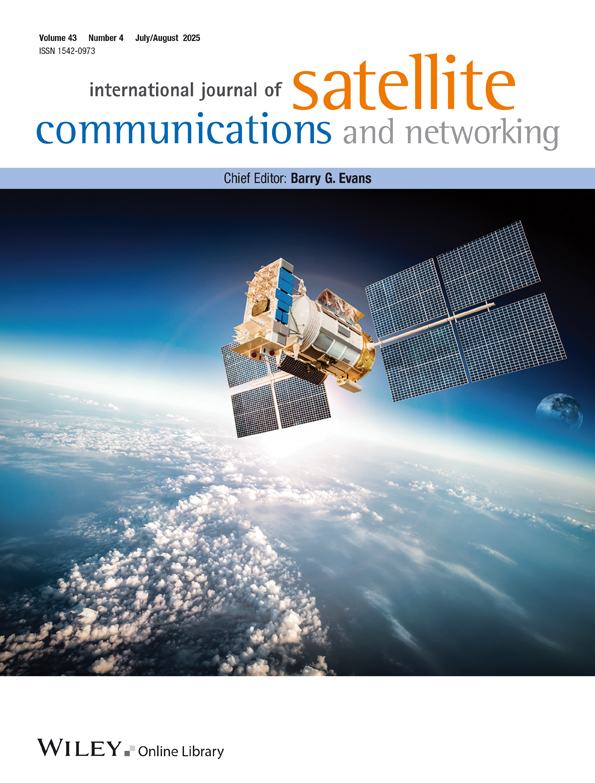Neural Network-Based Classification of Beamforming Matrices
ABSTRACT
In the rapidly advancing field of telecommunications, multibeam satellite systems are essential for delivering fast and extensive connections. These systems require adaptable beamforming algorithms to improve performance measures like peak throughput, beam width control, side lobe level regulation, and effective isotropic radiated power (EIRP). This research shows a novel supervised learning approach for the efficient categorization and creation of beamforming matrices in multi beam satellite systems. The proposed method gives machine learning techniques to increase system agility, quick enabling, and informed responses to evolving communication needs. This method gives a test accuracy of 0.988 using a neural network model developed to classify flattened beamforming matrices into clusters, demonstrating remarkable model effectiveness. Key components for facilitating this achievement include principal component analysis (PCA) for dimensionality reduction, spectral clustering for accurate cluster identification, and a neural network architecture with hidden layers and ReLU activation functions to clarify intricate data patterns. The model's ability to generalize effectively with new data highlights its robustness and reliability. This approach substantially enhances intelligent, high-performance multibeam satellite systems by guaranteeing optimal working and reliability in variable settings.
Conflicts of Interest
The authors declare no conflicts of interest.
Open Research
Data Availability Statement
The data that support the findings of this study are available on request from the corresponding author. The data are not publicly available due to privacy or ethical restrictions.




